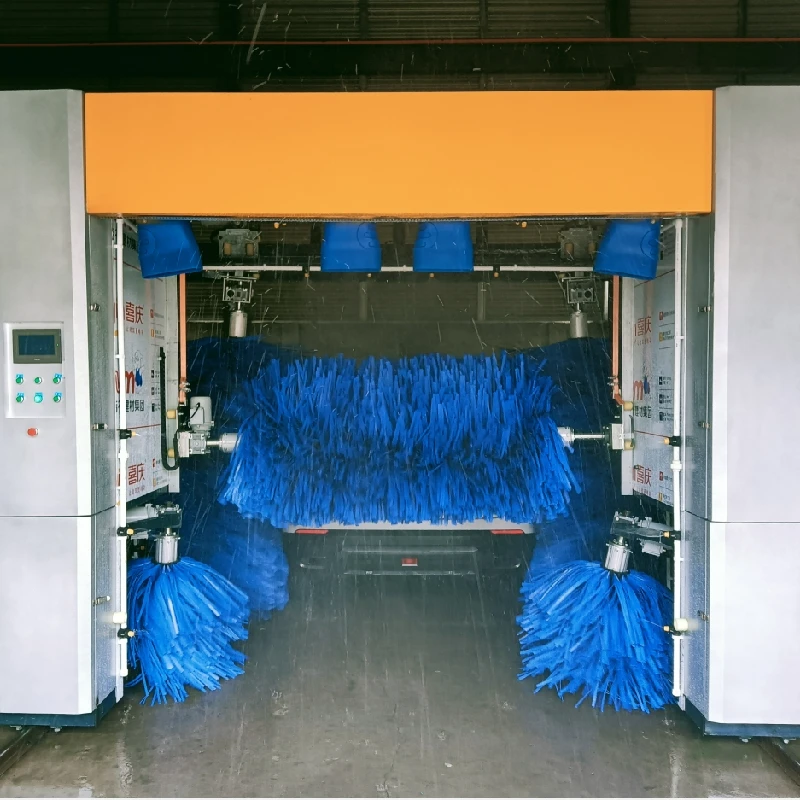detailing water tanks
Detailing Water Tanks Essential Maintenance Practices for Longevity and Efficiency
Water tanks are crucial components of our water management systems, whether in residential setups, agricultural applications, or industrial operations. They serve as reservoirs, ensuring a steady supply of water for various uses, including drinking, irrigation, and processing. However, like any infrastructure, water tanks require proper detailing and maintenance to ensure their efficiency and longevity. In this article, we will explore the importance of detailing water tanks and outline essential practices for their upkeep.
The Importance of Detailing Water Tanks
Detailing a water tank involves a comprehensive inspection and cleaning process. Regular detailing is essential for several reasons
1. Prevent Contamination Over time, sediment, algae, and other contaminants can accumulate within the tank. If left unchecked, these impurities can compromise the quality of the water, making it unsafe for consumption or use. Regular detailing helps to remove these contaminants, ensuring clean and safe water supply.
2. Identify Structural Issues A thorough inspection during the detailing process allows for the early detection of any structural problems, such as leaks, corrosion, or cracks. Identifying these issues early can prevent costly repairs or even complete tank replacements in the future.
3. Optimize Efficiency A well-maintained water tank operates more efficiently. When tanks are clean and free of obstructions, water can flow smoothly, reducing the strain on pumps and other mechanical components. This efficiency not only saves energy but also extends the lifespan of the entire water management system.
4. Regulatory Compliance In many regions, water tanks must adhere to specific health and safety regulations. Routine detailing ensures compliance with these regulations, helping to avoid potential penalties and ensuring the health and safety of all users.
Essential Detailing Practices
detailing water tanks

To maintain the integrity and functionality of water tanks, a series of detailing practices should be implemented
1. Regular Inspection Perform regular visual inspections of the tank, checking for signs of wear and tear, rust, leaks, or any unusual growth of moss or algae. Inspections should be conducted at least twice a year or more frequently if the tank is in a high-use area.
2. Cleaning Depending on the tank's environment and usage, cleaning should be performed at least once a year. This includes draining the tank, scrubbing the interior surfaces with appropriate cleaning agents, and disinfecting it to eliminate bacteria and fungi. Ensure that any chemicals used are safe for potable water tanks.
3. Sediment Removal Sediment can build up at the bottom of the tank, which can hamper water quality. Use a vacuum or a pump to remove sediment during cleaning. If the tank is large, consider hiring professionals who specialize in water tank cleaning.
4. Check the Inlet and Outlet Ensure that the inlet and outlet pipes are free from blockages. Regularly clean these pipes and inspect for any damage that might impede water flow.
5. Inspect the Roof and Ventilation The tank roof should be inspected for any cracks or openings that could allow contaminants to enter. Additionally, ensure that ventilation points are functioning correctly to prevent the buildup of pressure or stagnant air, which can lead to odor and contamination issues.
6. Document Maintenance Activities Keep a detailed log of all inspections, cleanings, and repairs performed on the tank. This not only helps track maintenance history but also assists in troubleshooting any recurring issues over time.
Conclusion
Detailing water tanks is an essential practice that requires attention and dedication. Through regular inspection, cleaning, and proactive maintenance, we can ensure that water tanks remain safe, efficient, and compliant with health regulations. Whether you manage a simple home water tank or an extensive industrial reservoir, investing time and resources in detailing will guarantee a reliable and sustainable water supply for years to come.




